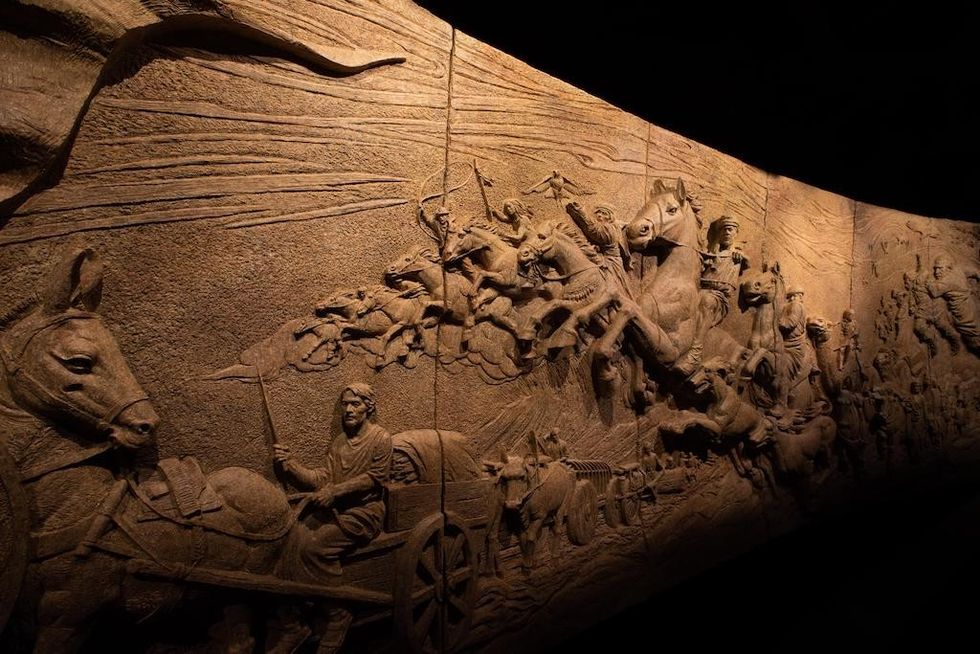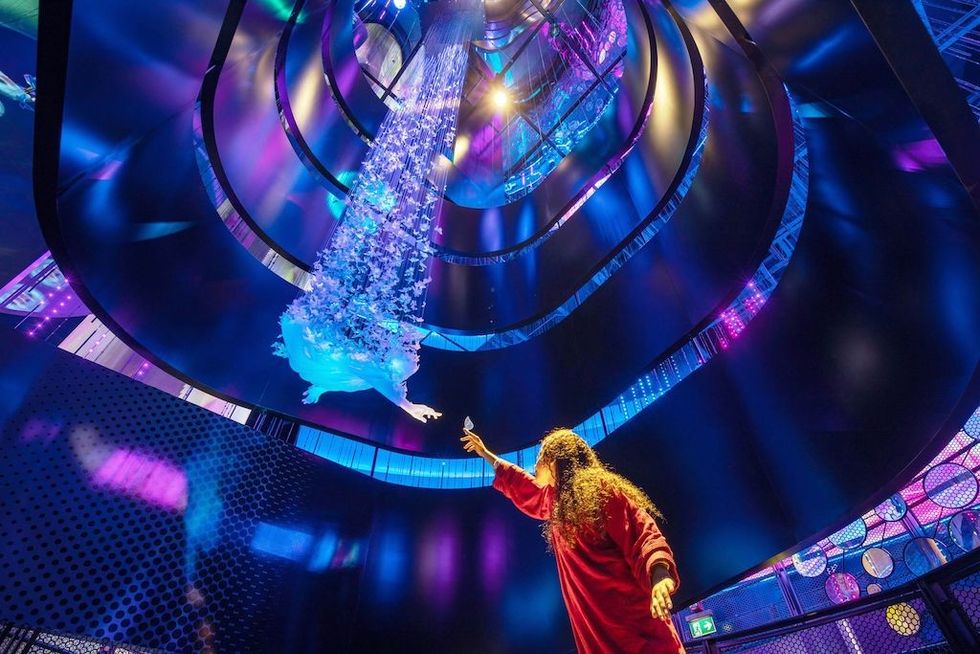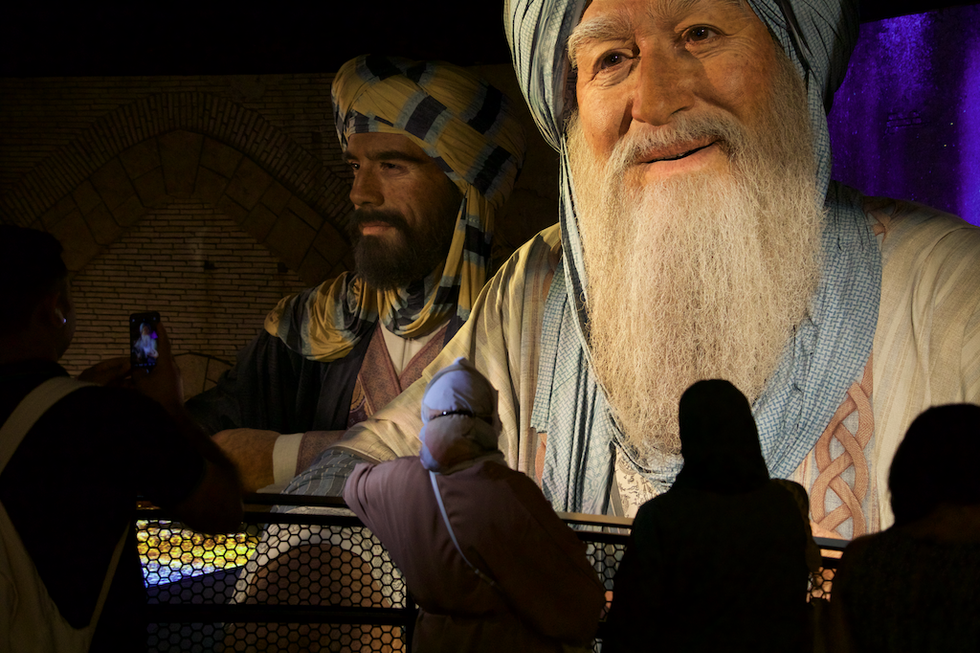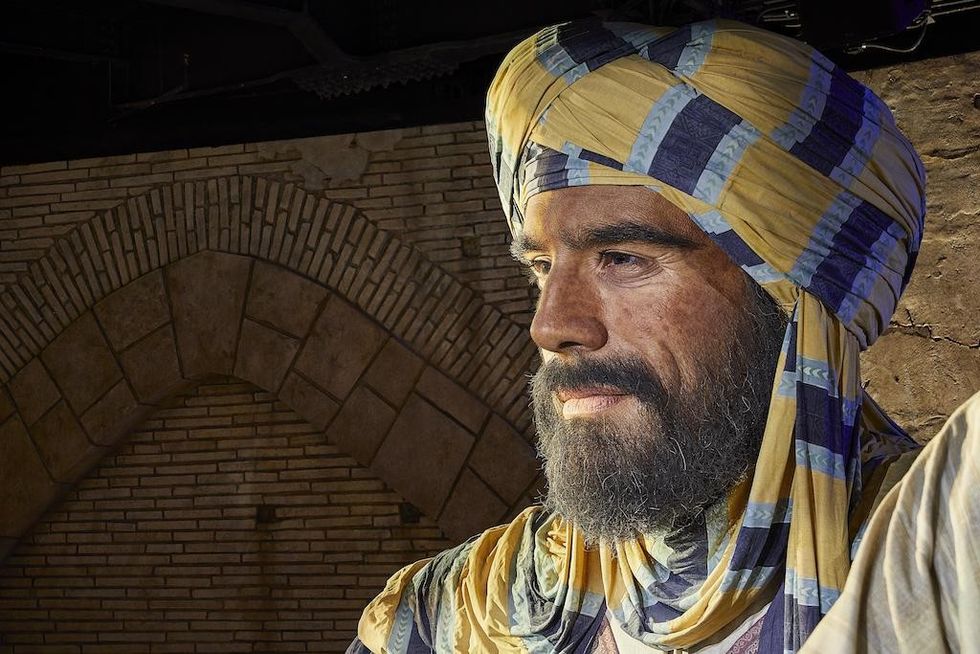Museums are some of society's most credible institutions and play an important role in providing learning experiences for their communities. Yet it can be argued that the museum sector has been slow to take action on the climate crisis, hindering its ability and duty to inform and inspire on this vital issue.
greenloop 2024, blooloop’s online conference exploring sustainability in the attractions industry, took place on 30 April. Nick Merriman, chief executive at English Heritage and Sarah Sutton, CEO at Environment and Culture Partners, spoke at the event. They discussed how museums have responded to the climate crisis and considered how they can accelerate action and authentically amplify their influence.
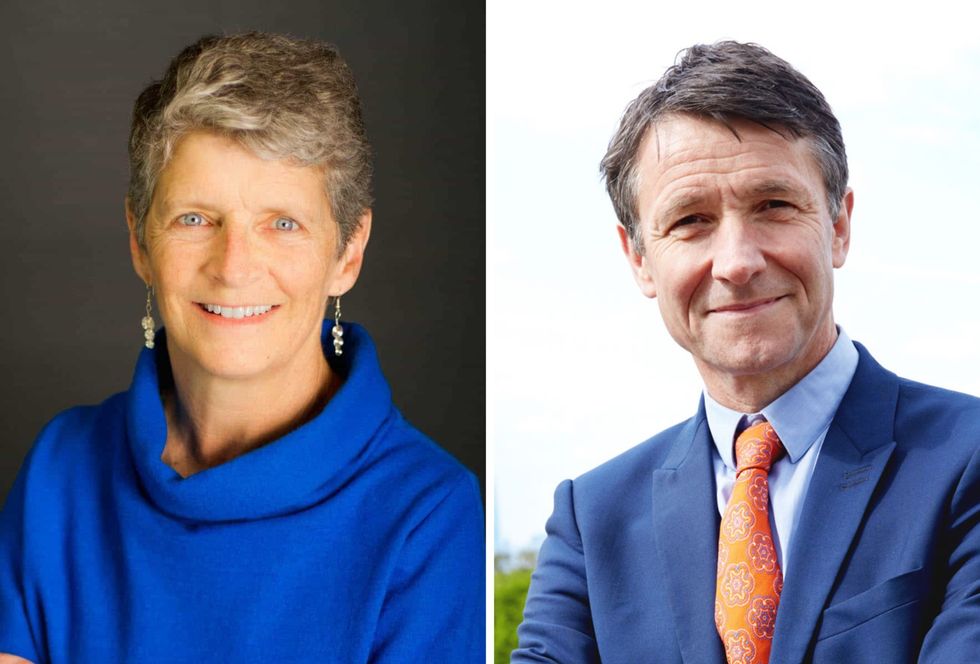
Merriman joined English Heritage in 2024 following positions at the Museum of London, the Institute of Archaeology at University College London, Manchester Museum, and the Horniman Museum and Gardens, which won Art Fund Museum of the Year 2022 under his leadership. In addition, he was chair of the National Museum Directors’ Council’s working group on Environment and Ecology and headed the UK Museum COP in October 2023.
Sutton is the CEO of Environment & Culture Partners (ECP), a nonprofit in the US that aims to accelerate environmental leadership within the cultural sector. Its principal collaborative projects include the Frankenthaler Climate Initiative, a grant programme that supports museums’ energy efficiency and clean energy initiatives, and Culture over Carbon, an Institute of Museum and Library Services National Leadership Grant that investigates energy consumption in museums.
Sutton is the cultural sector lead for America Is All In, a multi-sector coalition of over 4,000 US organisations that support the Paris Agreement. She co-authored The Green Museum and Environmental Sustainability at Historic Sites & Museums.
Trust, reach, & a long-term view
Merriman recently released a new publication, Museums and the Climate Crisis. This is a collection of essays by expert authors - including Sutton.
“There is something distinctive that museums and galleries can bring to this overall global phenomenon of climate breakdown and biodiversity crisis,” Merriman explains as he shares the motivation behind the book. They are amongst a very small group of institutions that are mandated to take a long-term view—one beyond the short-term cycles of politics and economics. Although the climate crisis is urgent, it's playing out over a long time scale.
“Also, museums are amongst some of the most trusted institutions and are a really powerful, slow form of mass media. In the UK, over half the population visits a museum at least once a year.
“So we have collectively a huge reach, trust, and this mandate to take a long-term view.”
The book provides an authoritative overview that helps museums cut through the overwhelming array of information and take action. Merriman says the book “attempts to provide an international overview of both where we are now and some of the long-term issues that have to be addressed over this decades-long challenge.”
Sutton adds:
“We can't get enough information out there fast enough to encourage folks to take good action and make them feel confident they can do this. “If they aren't early movers, they need so much support to become movers at all."
Separation of nature and culture in museums
But why are so many museums slow to take action on climate change? Merriman offers some background:
“I wanted to look at the history of museums. It struck me that cabinets of curiosities had nature and culture all mixed up,” he explains. “They didn't distinguish between them; it was all one thing. Then, with the Enlightenment came the beginning of a separation between nature and culture. We see that in the physical layout of museums, which have separate galleries for nature and culture.
"This separation between nature and culture has negatively impacted museums’ ability to respond swiftly to the climate and biodiversity crisis.
“Museology, as it was formulated from the 1980s onwards, was a human-centred discipline. It grew out of anthropology, sociology, geography, archaeology, and so on. The contribution of natural history to the Museological debate was not made the most of, and that meant that the importance of collections in tackling issues related to climate was not appreciated.
“I think that separation of nature and culture has led to a blind spot about how humans have impacted the planet, which we're only just beginning to catch up with.”
Using museum collections for climate action
There is an opportunity for museums to use their collections to help visitors learn about climate change.
“Many of the museum collections I've been involved with have specimens from the previous five mass extinction events on Earth, and we're now in the midst of the sixth one, the Anthropocene, the first one that's human-made. So it seems there's a particular locus there,” says Merriman.
“I came up with a project called The Anthropocene is Not Just for Scientists because we have heard so much information about hockey stick graphs, carbons, and changes in the atmosphere, and humans can't relate to that unless they're scientists,” Sutton adds.
“So, if the Anthropocene has to affect everybody, you can find it in the history of change in the records of your local garden club or where the wine regions are moving. You can look at that historical humanities data in today's humanities data and the science at the same time. And because this is a system, it only makes sense when you put them all together.”
A book about this project has been published titled The Arts and Humanities on Environmental and Climate Change.
“It's an examination of how to take your collection and say: ‘In this particular place with the materials that we have that illustrate life experience here, how do we talk about climate change so the folks in this community feel connected to it or understand what is happening to them?'"
Getting your house in order
It can be challenging for museums to decide where to start. Merriman argues that they need to focus internally first.
“If we're exhorting people to make changes in their own lives, we've got to get our own houses in order,” he says. “Some museums have grabbed this by the collar. They see it as central to their mission. Some have detailed roadmaps to net zero. If you’ve got a plan, you’ve got a roadmap. You can say when the funding opportunity comes up, we can do this.

“And that’s a fundamental thing. Often, the payback is over a long period. So you need to find some capital funding to invest in renewables, for example, with a payback over a much longer period. Understandably, some don’t feel able to make that investment, particularly if there are no obvious third-party funding sources through governments or philanthropies. Sometimes museums don’t invest because they think it’ll affect their short-term business.
“We do have this tension between the long-term climate and biodiversity crisis and the short-term thinking that bedevils even these long-term institutions like museums. So it's a mixed bag. And it depends ultimately on leadership. Unless it's led from the top by the board and the director or chief executive, it won't work.”
A leadership vacuum
This leadership needs to stem from larger organisations. Climate action is a key area of work for bodies such as the National Museum Directors Council in the UK. However, the picture in the US is much different.
Sutton explains: “In the US, we don't have a national organisation saying this is a priority.
“Human beings, especially those who run high-profile organisations, can be really risk averse. As social animals, humans like to join a group of others who are doing things that are important to them or that they see as something they should strive for. So, with a vacuum in leadership, no one’s saying this is important to the museum sector. Those reluctant joiners aren’t going to join. The ones who do are the ones who can say they can look long distance.
“And that's the kind of leadership we need. In the absence of that, we get patchy groups building their own coalitions of cooperation. We don't have that happening across the sector. We have it in cities or regions and sometimes in an aspect of the sector. And bringing it together is critical.”
Don't let the perfect be the enemy of the good - do something!
Whilst leadership at a national level is critical, it’s also deeply important that museums are empowered to take action, no matter how small.
Merriman says: “Some museums are quite cautious about taking action because they think, if we are going to engage people in climate change, then we need to sort ourselves out and we haven’t got any funding, so we’ll do nothing. And my exhortation always is do something, for God’s sake. Don’t let the perfect be the enemy of the good. “
But the enormity of the climate crisis can feel overwhelming.
“Museums feel they haven’t quite got the wherewithal to deal with it,” Merriman continues. “But there’s no doubt, everybody’s got to start doing it in museums – engaging the public and getting your house in order. But do it in a small way. If you can’t do everything, just start.”
Sutton adds: “I regularly say let go of the guilt. It interferes with progress. We are learning institutions. Let’s demonstrate to the public we are learning as we go, and incremental progress will do to get started. The great thing is that a little bit of this is catching. Once you do it and you learn some skills, and you have a win, you start to be hungry for the next thing. And then those just expand and really accelerate.
"So, from that aspect, I think once you can get started, you can gain some momentum pretty quickly.”
Evoking emotion
For example, Merriman led several projects at the Horniman designed to inspire visitors to take positive action around climate and diversity.
“It was all about those stories where individual actions, however small, can begin to make a difference by aggregating,” Merriman explains.

“The Horniman has about a million visits a year. So if 1 in 10 people do something a little bit, then that's 100,000 actions. They all begin to accumulate. We developed initiatives such as our environmental Champions community. It's groups of families who wanted to do the right thing but wanted to move beyond just recycling their rubbish. And we provided resources and support to help them.
“Simply giving people the facts doesn't lead to change. It's about positive emotion or even sometimes negative emotion. For example, we did a really interesting two-month intervention a few years ago. We have an aquarium, and we took out the specimens and replaced them with plastic rubbish. So the jellyfish tank, which normally has jellyfish circling calmly around it, was replaced by white plastic bags circling calmly.
“It got a tremendous reaction, often upset. One child was so incensed they wrote a 24-page booklet about plastic pollution, which they sent to their local MP.”
Transformative partnerships
Museums, Merriman argues, can further amplify the impact of their climate actions through partnership working.
“When I went to run Manchester Museum, none of the museums or cultural organisations shared any information because they all felt in competition with each other for audiences and resources. By the time I left, we had collectively really got over ourselves.
“We shared programming, we shared ideas, we sometimes put in joint funding together, and my experience very much is that museums that compete tend to fail or not achieve their objectives as well as museums that collaborate - and certainly over climate.
“Collaboration and economies of scale are the only way forward.”
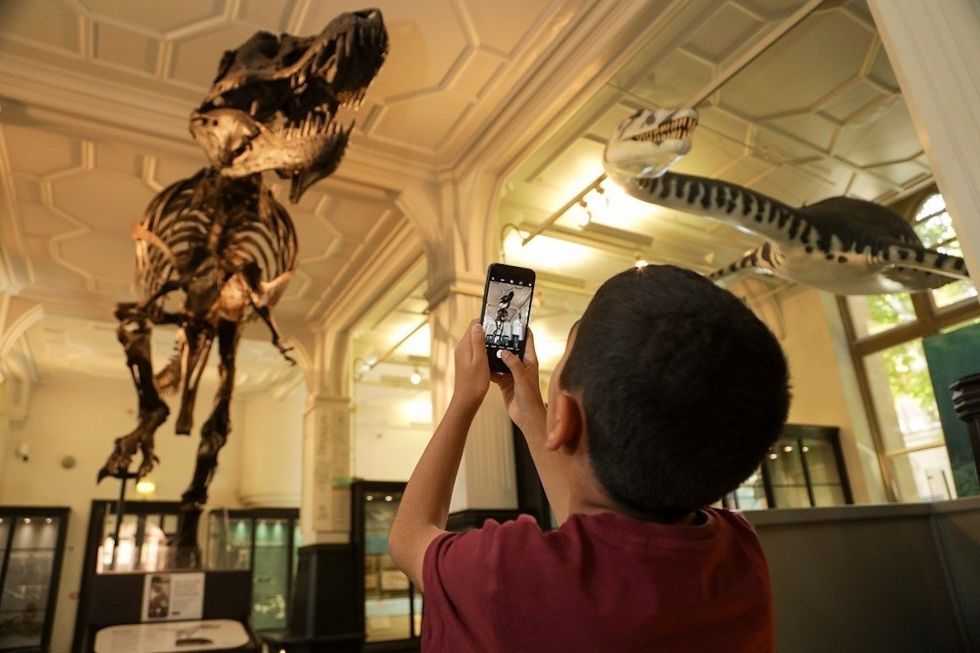
Sutton shares: “ Siobhan Starrs at Smithsonian created this regular call for museums working on exhibits on climate change. I joined the call regularly because I wanted to understand their thinking about how they went about this, all of their motivations, how they got the money, the courage, the idea, and the interest.
“They all shared and supported each other. There was zero competition, only complete understanding that they needed each other to produce the best work possible.
Museum climate action: collaborating beyond culture
Cross-sector collaboration is also vitally important.
“ECP has ‘partnership’ in our name because we cannot do it without any partners,” says Sutton. “We are museum professionals who do climate work. We're also not engineers or architects. We need those partners to do our research and to scale the work for the sector.
“In the United States, when President Trump wanted to step out of the Paris Agreement, something called We Are Still In stepped in to fill the gap. And it has multiple sectors.
“It's through that coalition that we have access to information and partners like New Buildings Institute, which helped us do Culture over Carbon or Rocky Mountain Institute, which helps us in the Helen Frankenthaler project grantmaking. It gives us access to data crunchers at the University of Maryland and access to places like CDP.
“But even so, within the cultural sector, a traditional museum needs desperately to work with somebody like a zoo or aquarium to understand waste management scale or public engagement scale and physical operations.”
Merriman adds: “There's a lot of work in the wider cultural sector that museums and galleries can learn from. The Theatres Trust in the UK did a piece of work saying how much would it cost to decarbonise all the theatres in the UK? They developed a methodology called the Theatre Green Book that was rolled out to the arts and cultural sectors. So there's lots of possibilities for future collaboration.”
Upcoming projects - saying goodbye to heritage
Both Merriman and Sutton are looking to coastal areas in their upcoming projects.
Merriman says: “One of the really big issues is coastal erosion. At Hurst Castle near Portsmouth in the south of England, bits of it are already falling into the sea. And there's a question: You could spend millions and millions and millions of pounds pouring concrete to try and stop this, but that's a fool's errand."
“So we're currently working with the World Monument Fund to bring together other heritage organisations across the globe that are similarly facing these issues of coastal erosion to do with climate change and saying, how can we develop a method for saying goodbye and letting things go?
“Essentially the whole attitude in museums and heritage has been we pass it on in good order to posterity. We can't take that for granted. So we need to really think about mitigating, adapting, and probably, in some cases, releasing, saying goodbye to heritage.
“And that's the thing that is both really challenging but really exciting intellectually and practically.”
Climate cooperation at ports
Meanwhile, ECP is working on a project called Ports and Culture.
Sutton explains: “Ports are a major source of pollution in the air and water. This affects the near-port communities in significant ways. But as economic engines, they often have very little engagement with their communities about their well-being. It seems that museums sit in a perfect space there to bridge that gap.
“If you think about what goes on in a port, everything that goes on in that microcosm is something you can talk about in a science museum, a children's museum, the zoo or the aquarium.
“For example, when the aquarium in Seattle wanted to do research underwater, they needed funding to build the rover to look at the kelp beds, and the port needed to understand the kelp beds, but didn't have the folks who would create the rover or interpret the science.

“So, our Ports and Culture project is designing a framework for the port and the community to work together through cultural institutions. The great joy was that the Environmental Protection Agency dropped a major funding program for clean air in the ports that required public engagement. This is the sweet spot where we think cultural institutions can tackle climate change in a port city.
“That'll get me up in the morning.”
Museum climate action: recommended resources
So, where can museums look for inspiration? Some recommendations from Merriman and Sutton include:
- Australian Museum. “One of the museums that has the most holistic approach is the Australian Museum. They've got some really great staff dedicated to looking at environmental issues,” Merrian says.
- Gallery Climate Coalition. “They've got loads of free resources,” says Merriman. They have some great resources on shipping and a very easy-to-use carbon calculator.
- Julie's Bicycle. This organisation monitors and supports the entire UK cultural sector.
- The Design Museum exhibition The Waste Age. The exhibition includes a comprehensive carbon audit. Merriman says: “50% of the carbon footprint of the exhibition was shipping one work of art from Ghana. 7%, the biggest single sort of item apart from that, was thousands of steel screws used to put the exhibition together. So it's really nitty gritty, comprehensive information.”
- The Discovery Museum, Massachusetts. “they now generate energy to share with nonprofits in their community. It’s an excellent example at a normal scale that many small museums could achieve,” says Sutton.
- The Horniman. “If you look up on their search on climate, there are lots of resources there,” suggests Merriman, “it has quite a lot on biodiversity and planting, planting for nature and so on.”
- US Children's Museums. ECP has been participating in the Caretakers of Wonder project with nine US children’s museums. This project will provide a resource for educators and families of children aged eight and under on climate change.



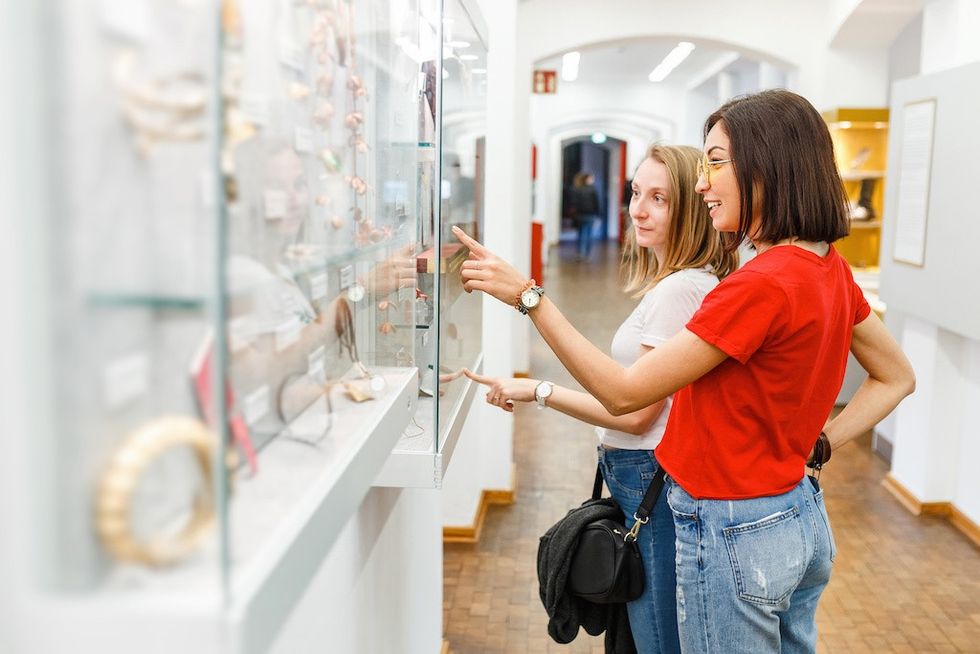
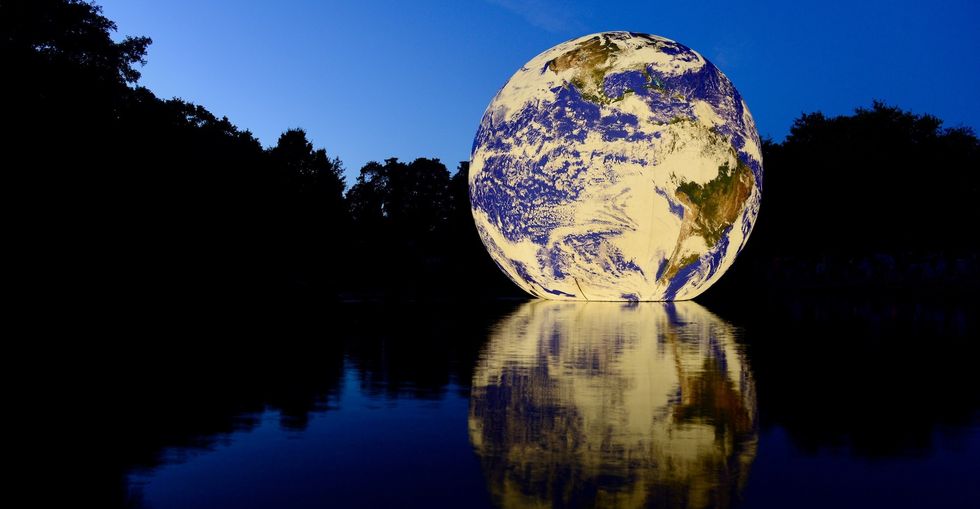
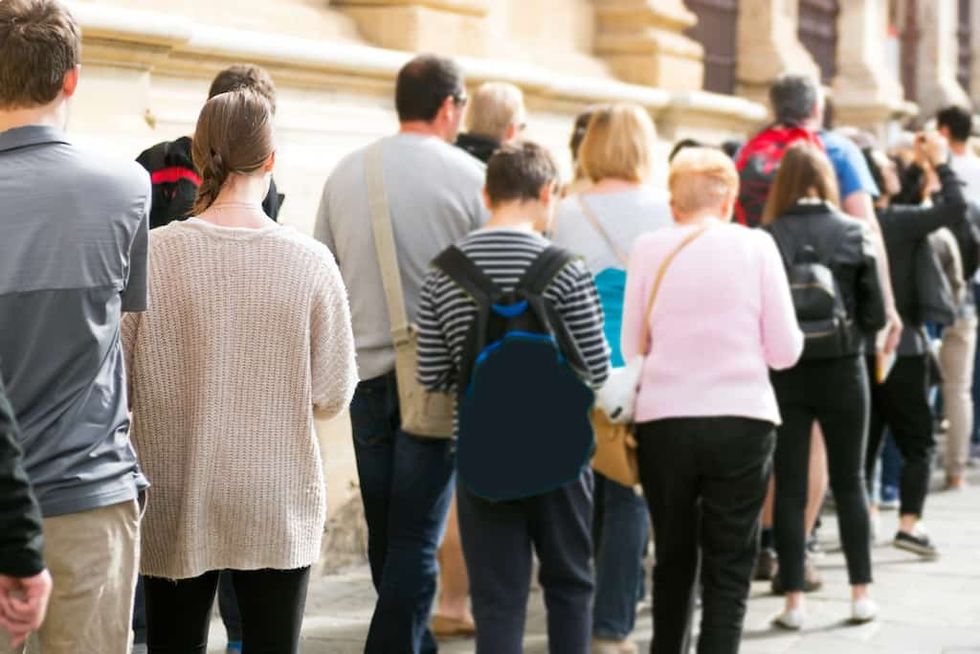


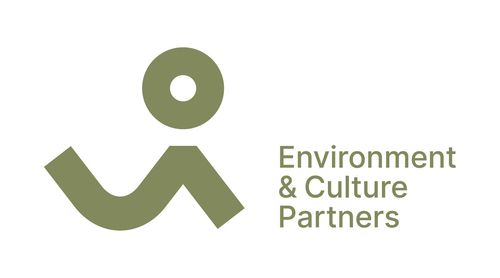
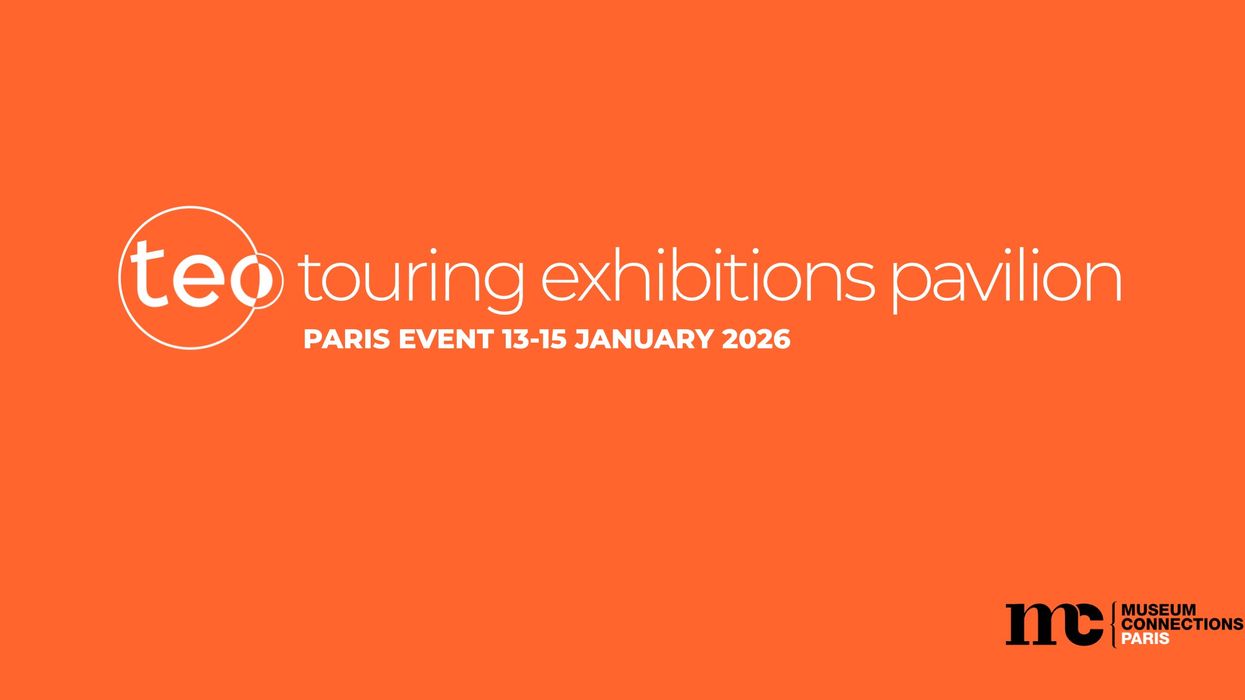
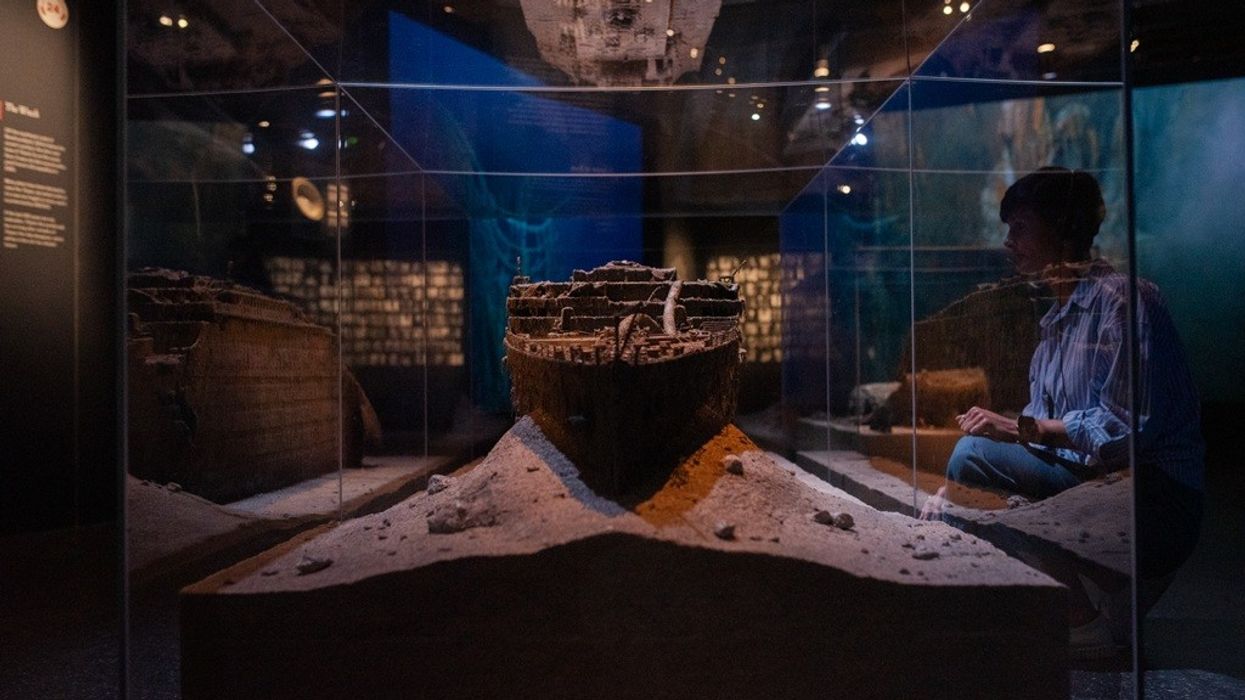
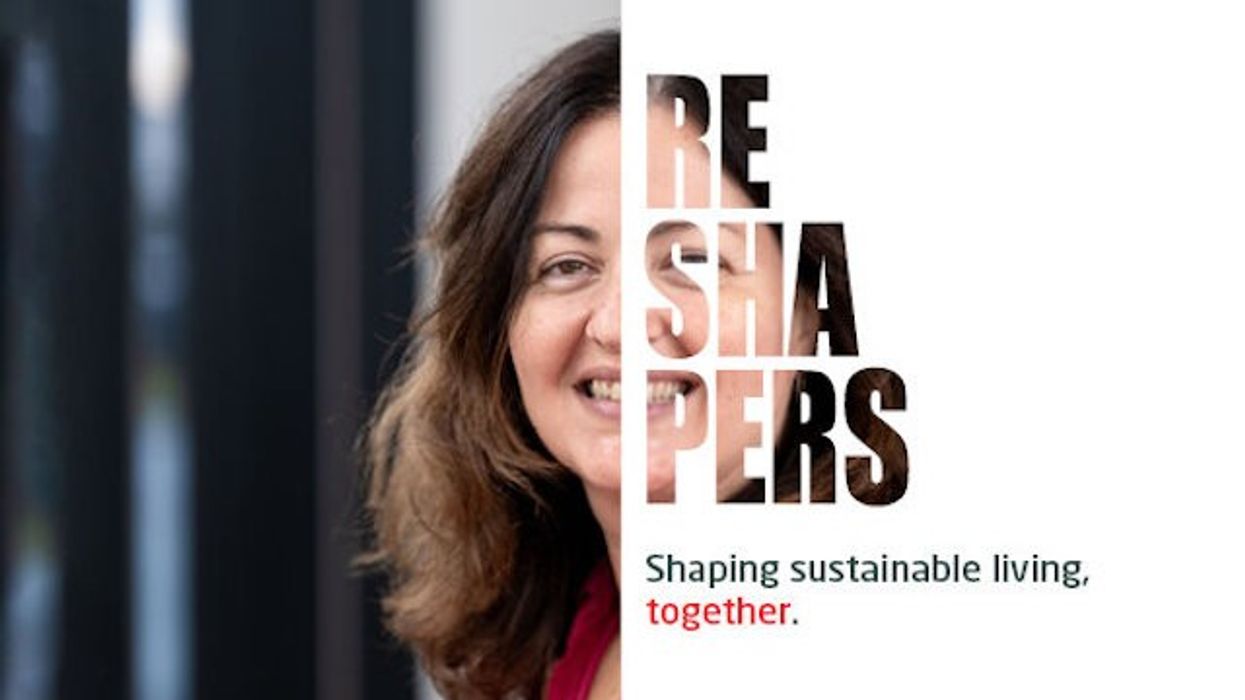
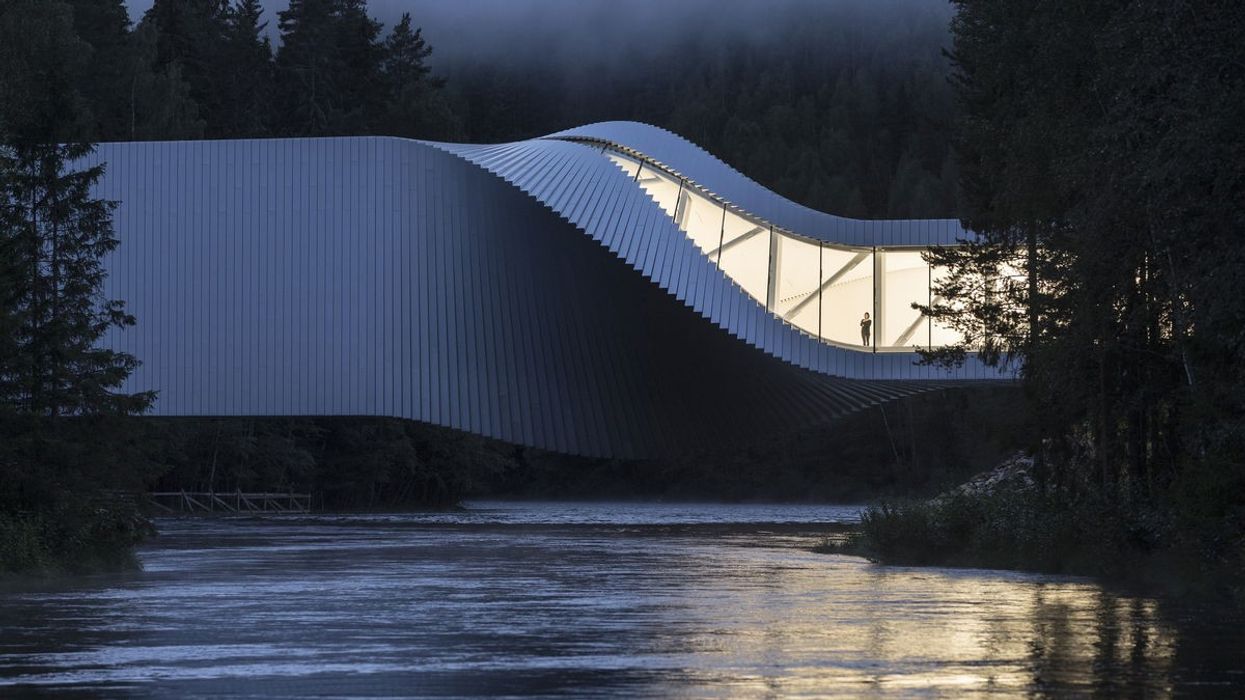
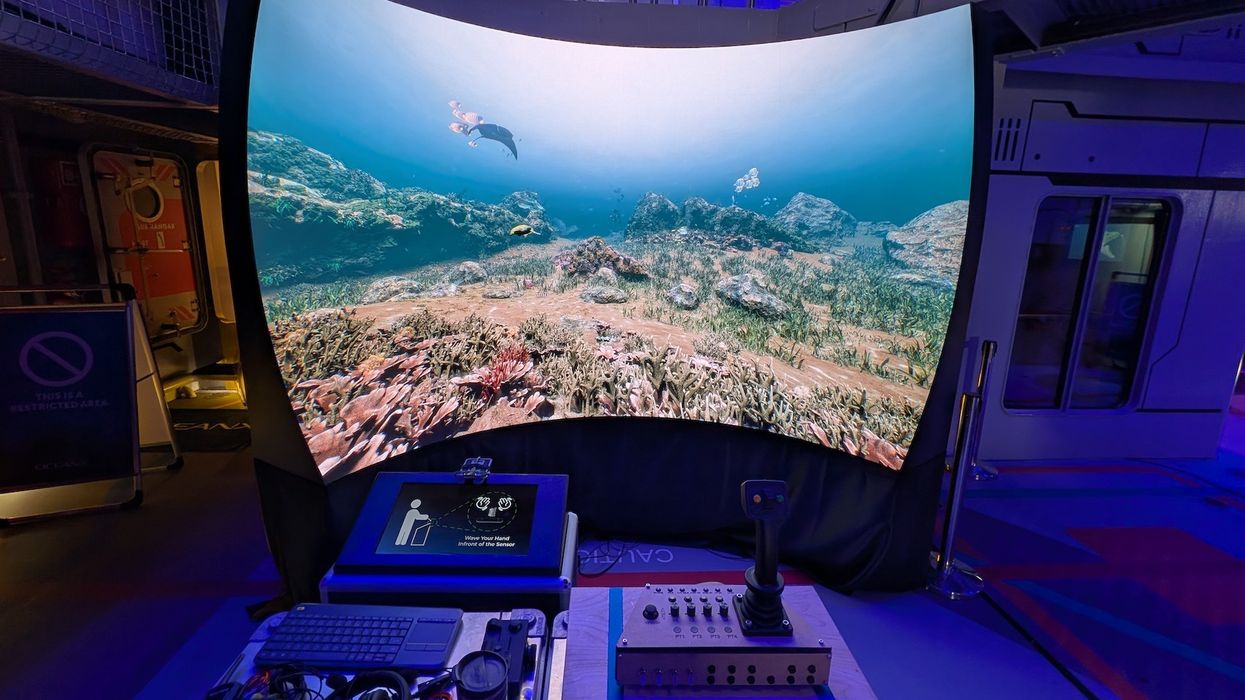
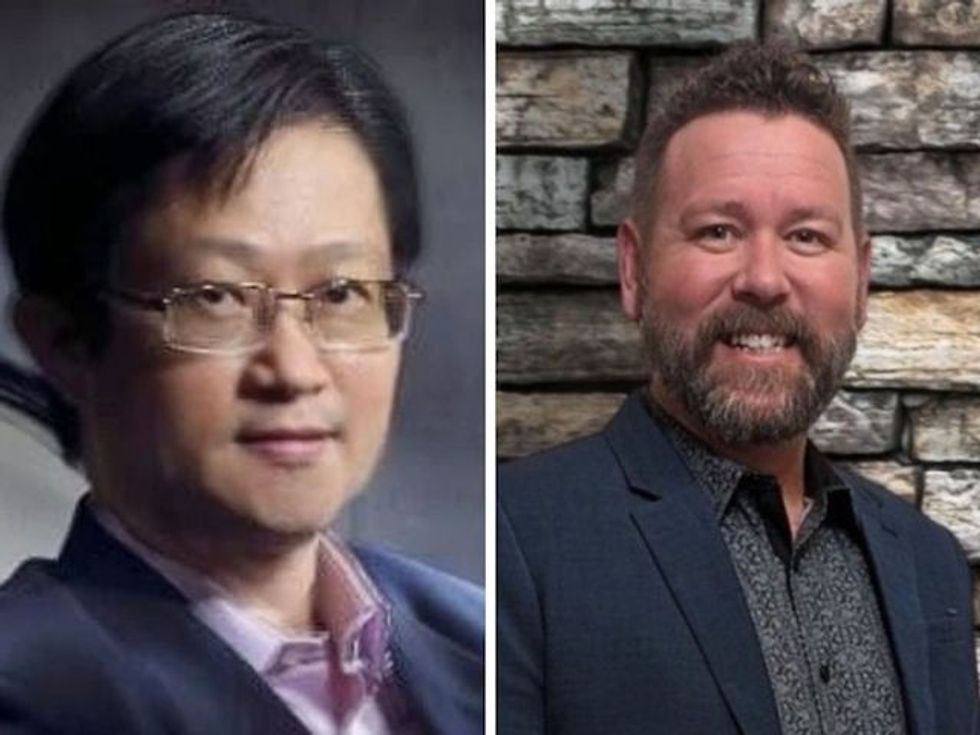 TM Lim and Adam Wales
TM Lim and Adam Wales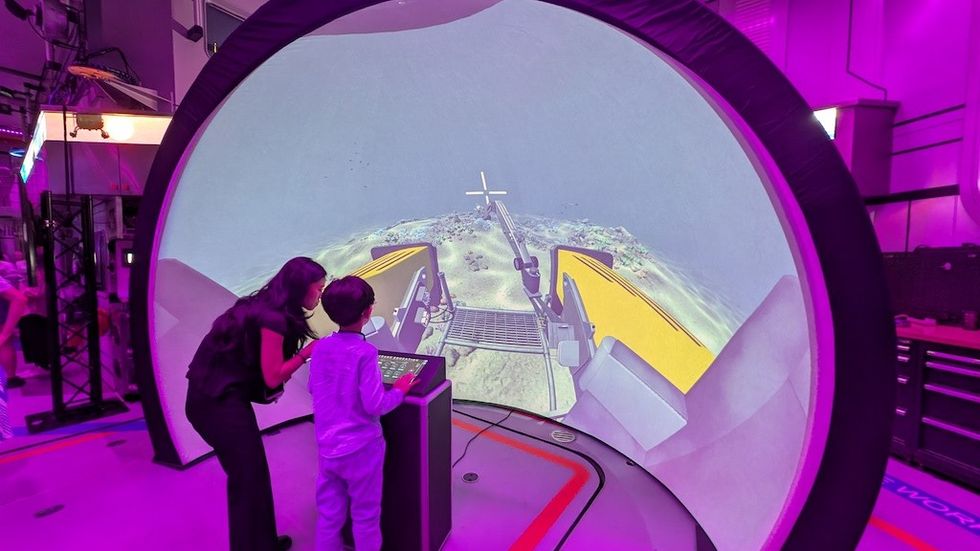
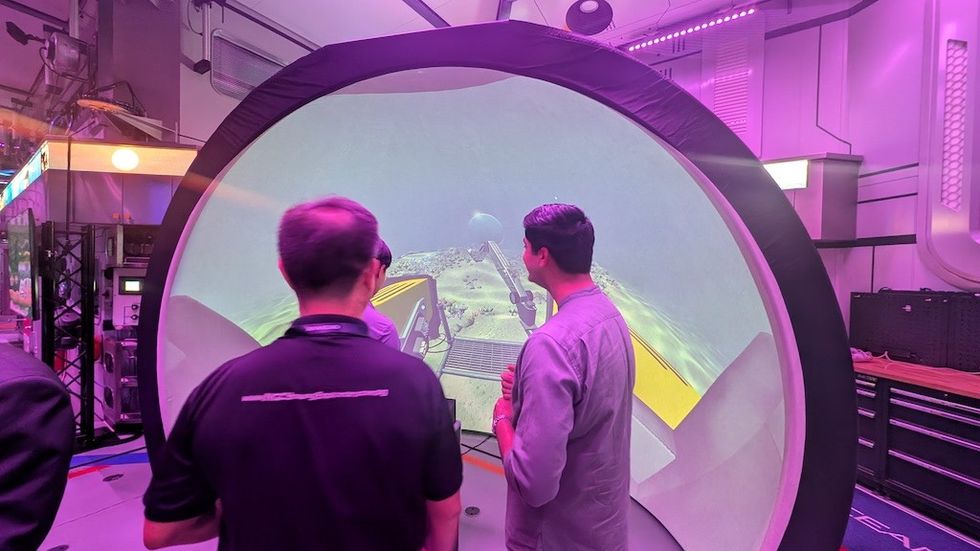
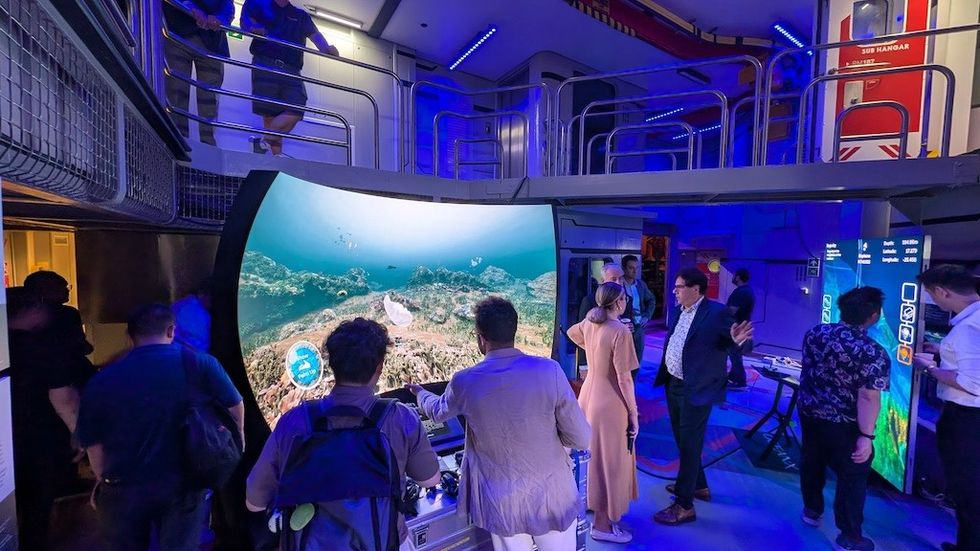

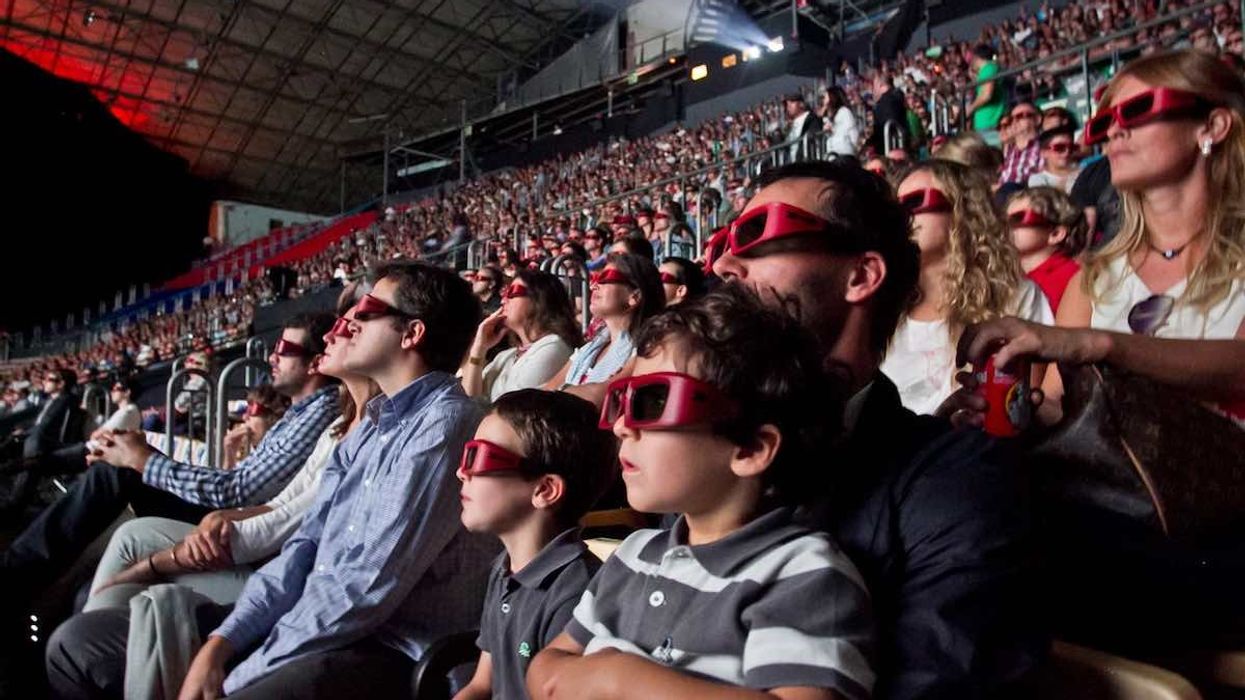

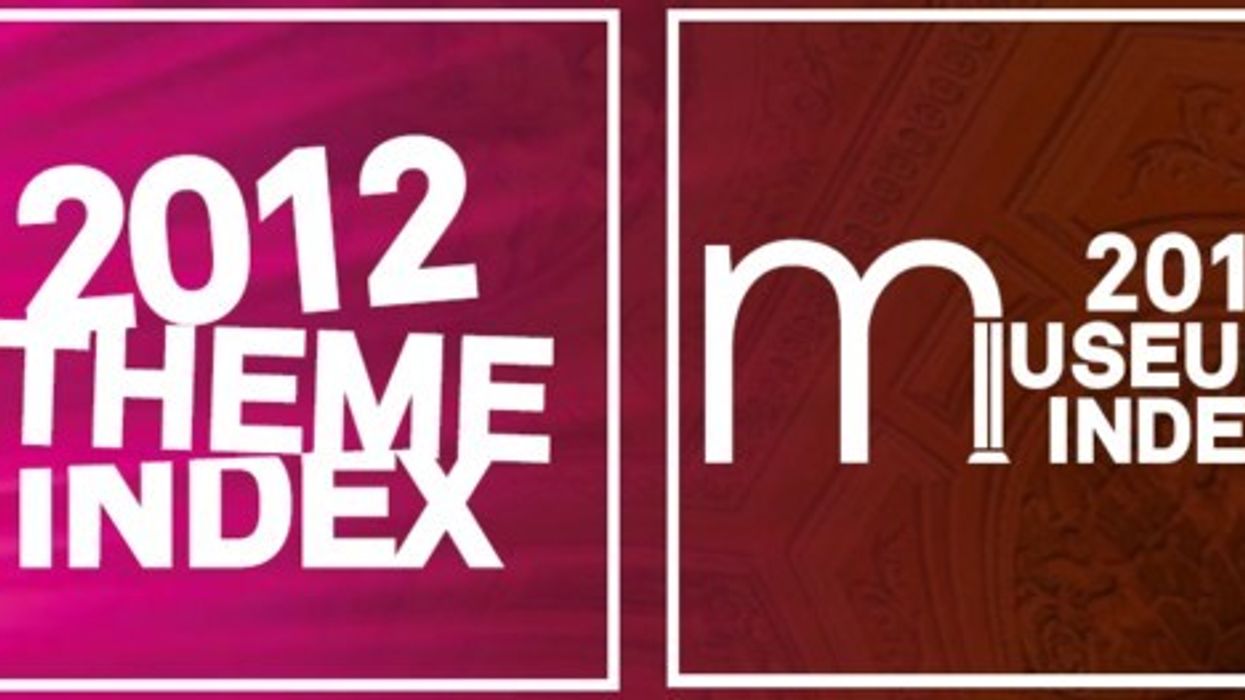
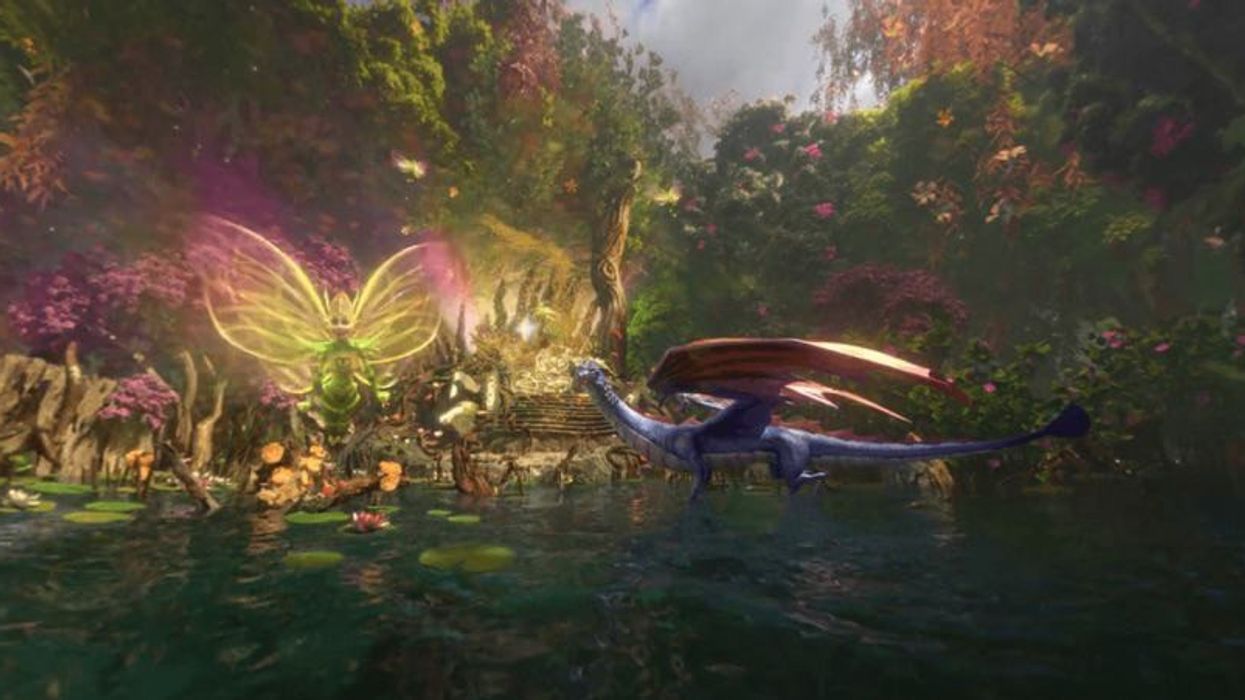
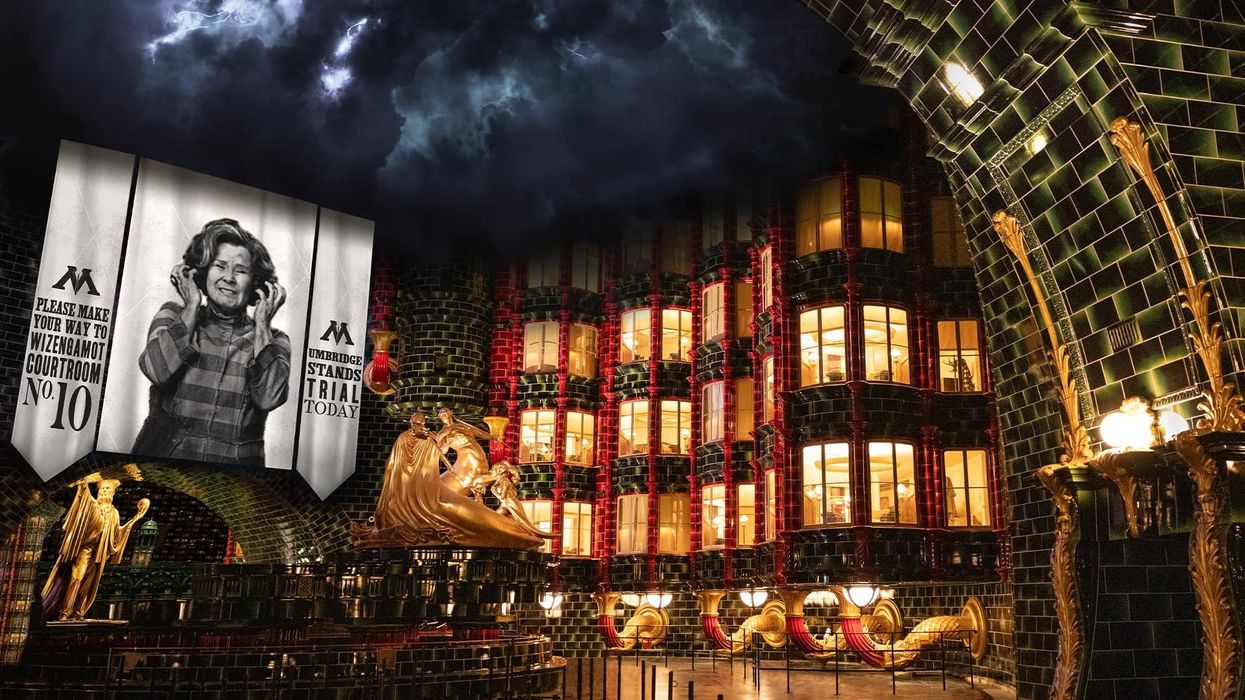
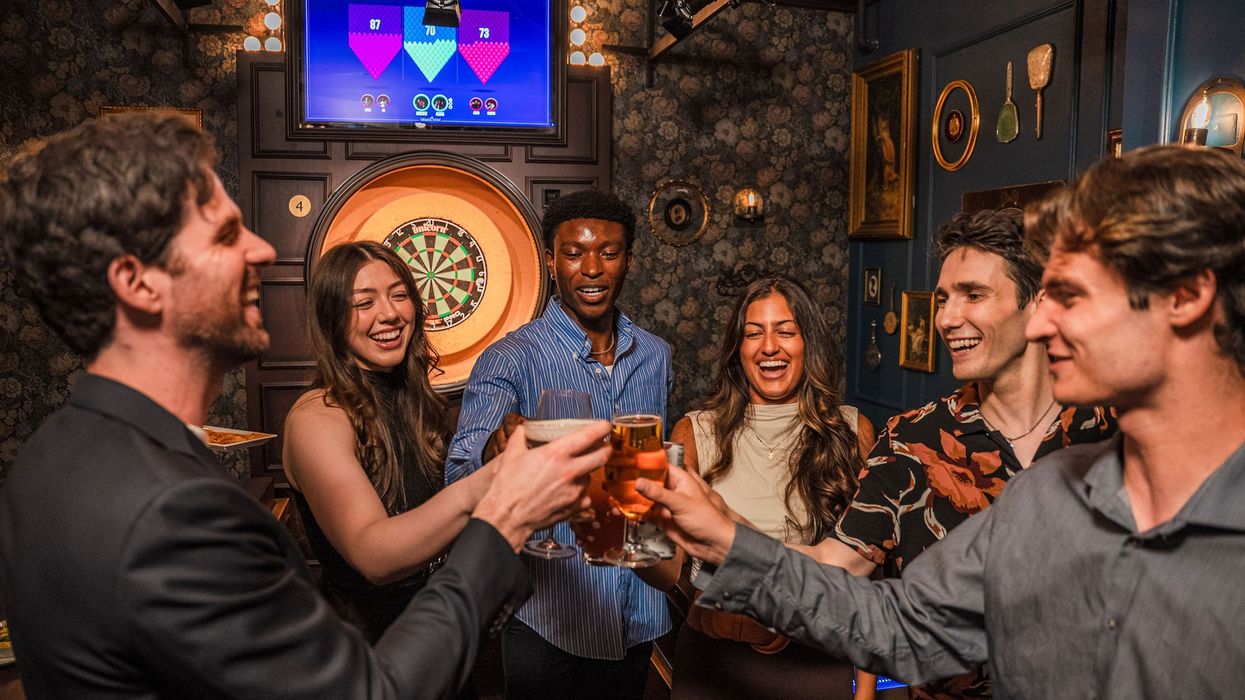
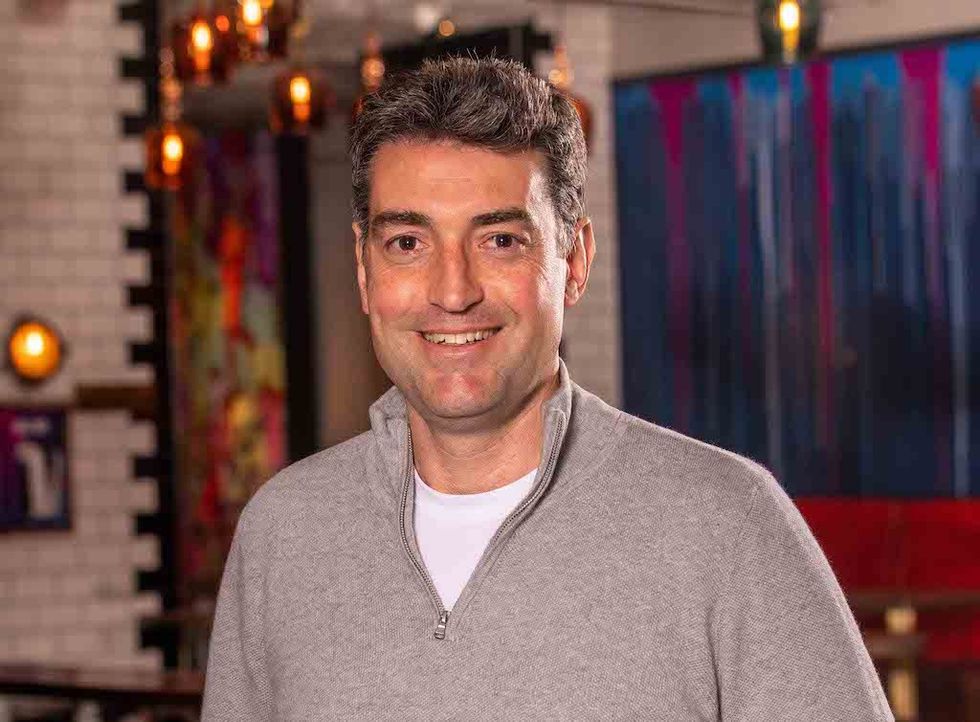 Toby Harris
Toby Harris Hijingo
Hijingo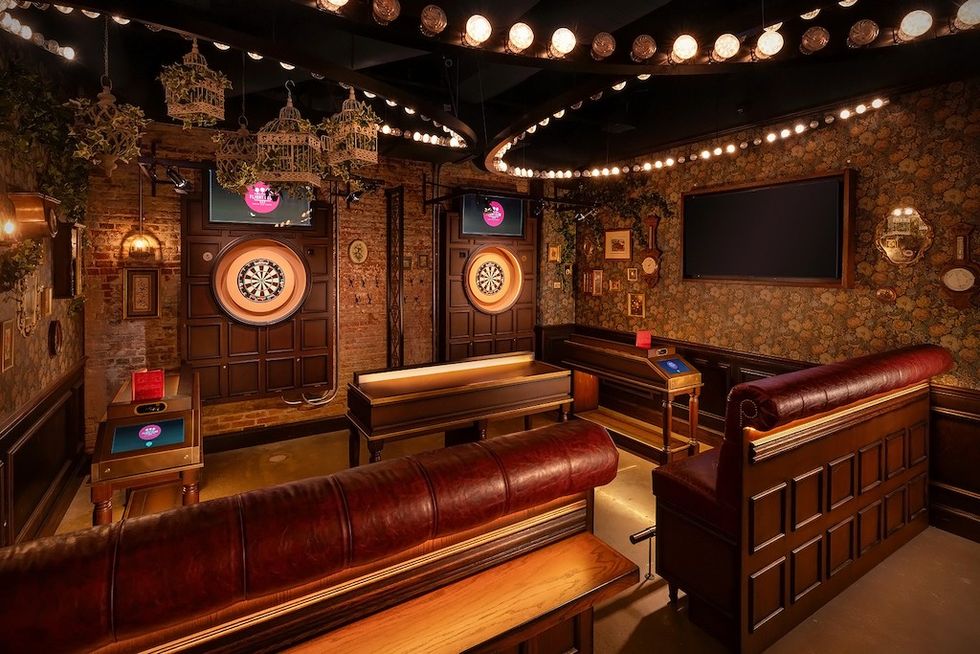 Flight Club, Washington D.C.
Flight Club, Washington D.C.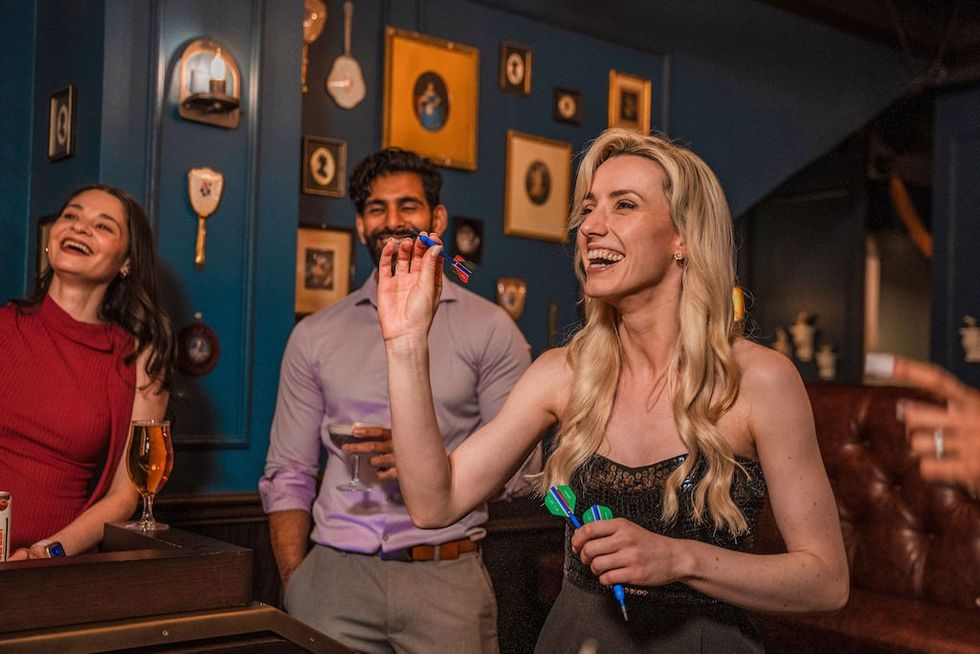
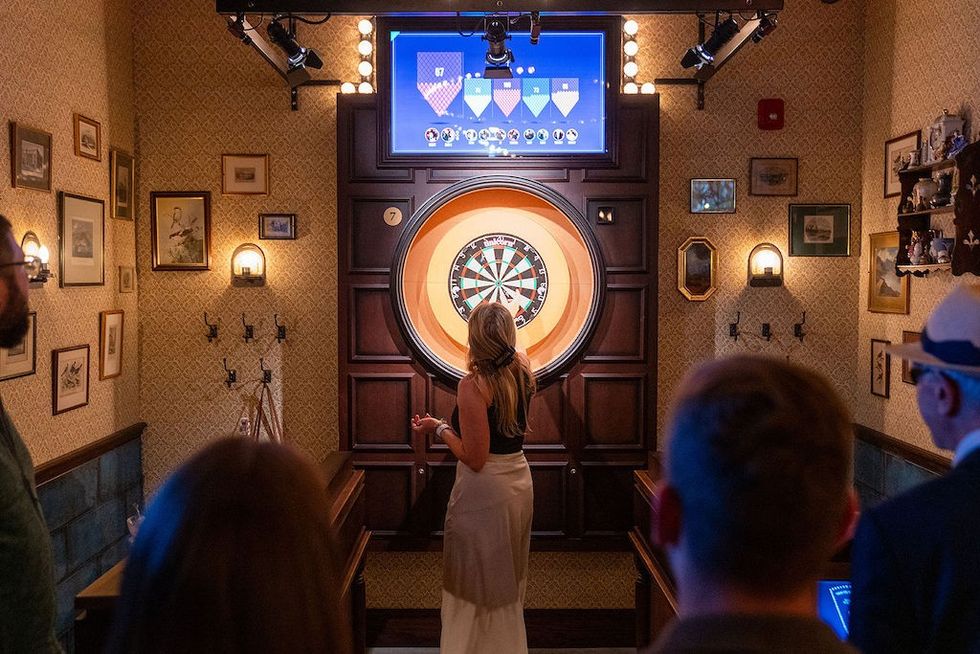 Flight Club Philadelphia
Flight Club Philadelphia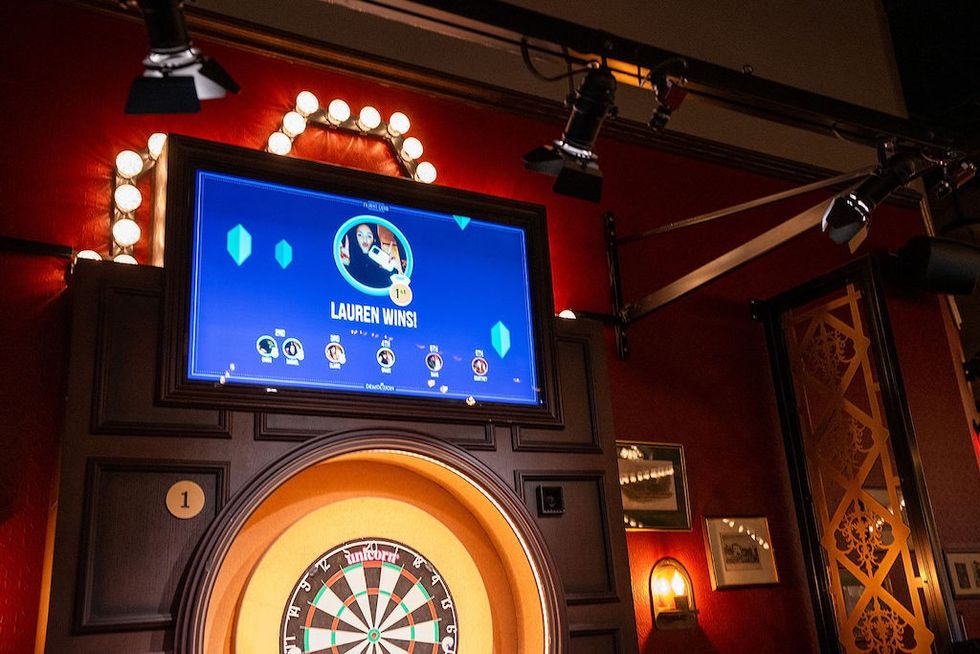 Flight Club Philadelphia
Flight Club Philadelphia Bounce
Bounce Hijingo
Hijingo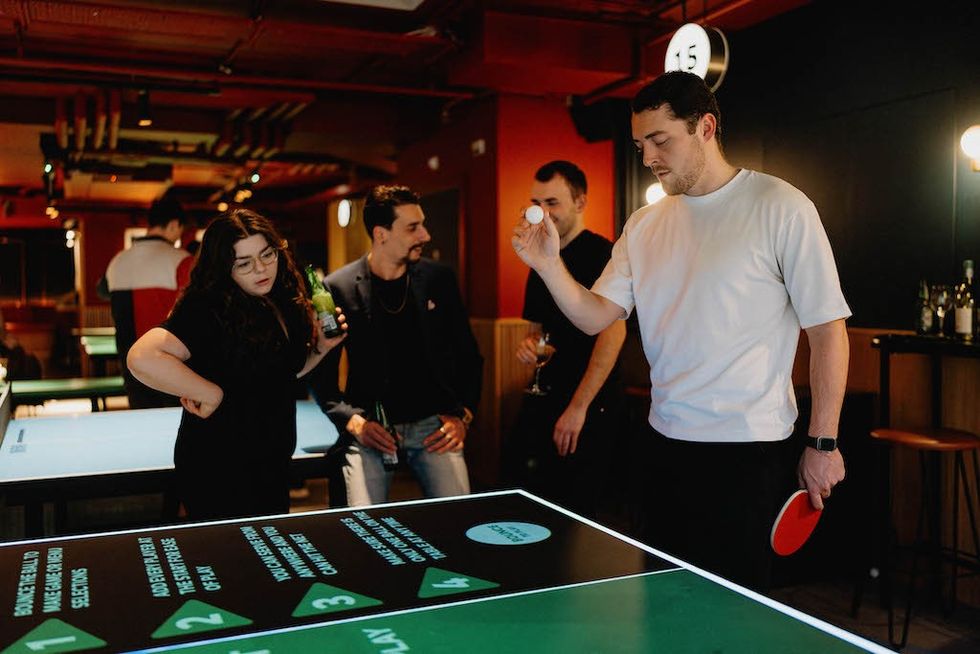 Bounce
Bounce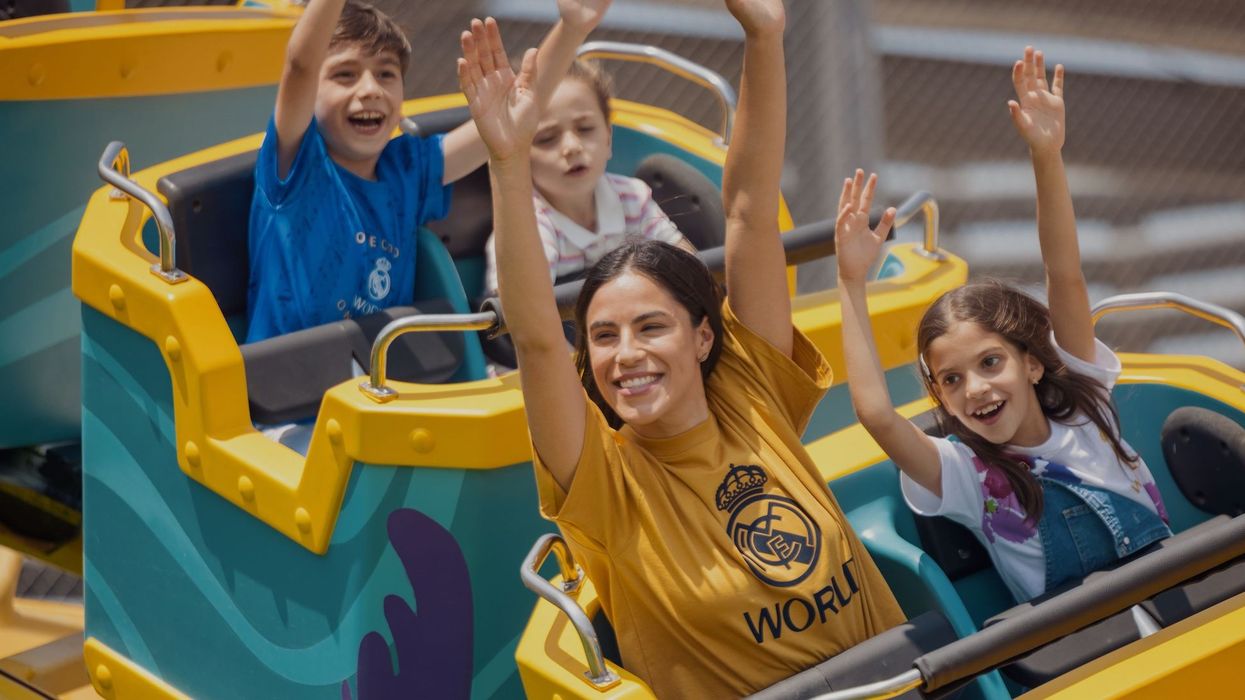
 Fernando Eiroa
Fernando Eiroa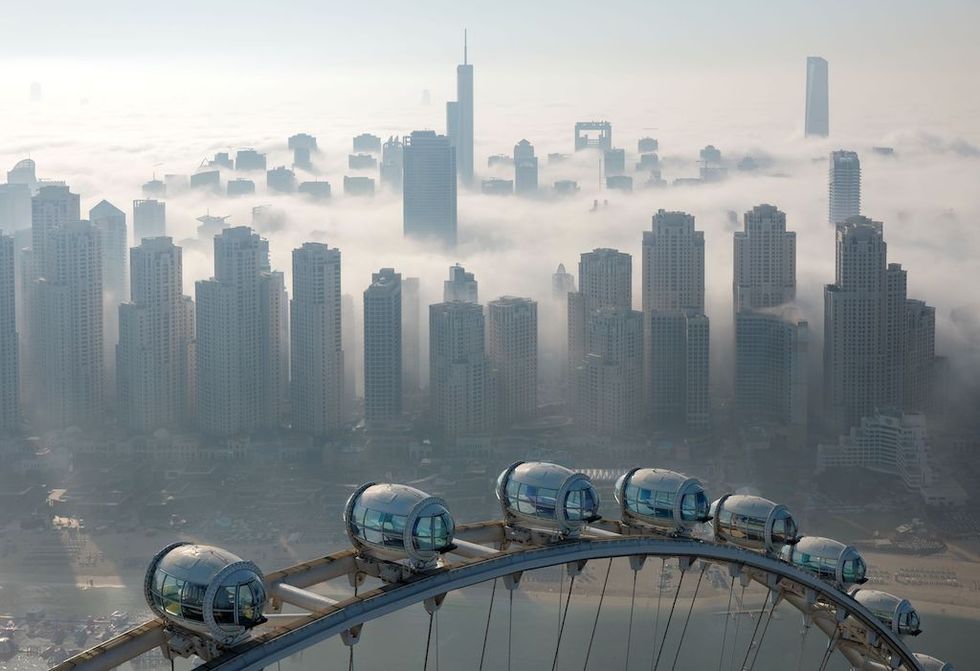
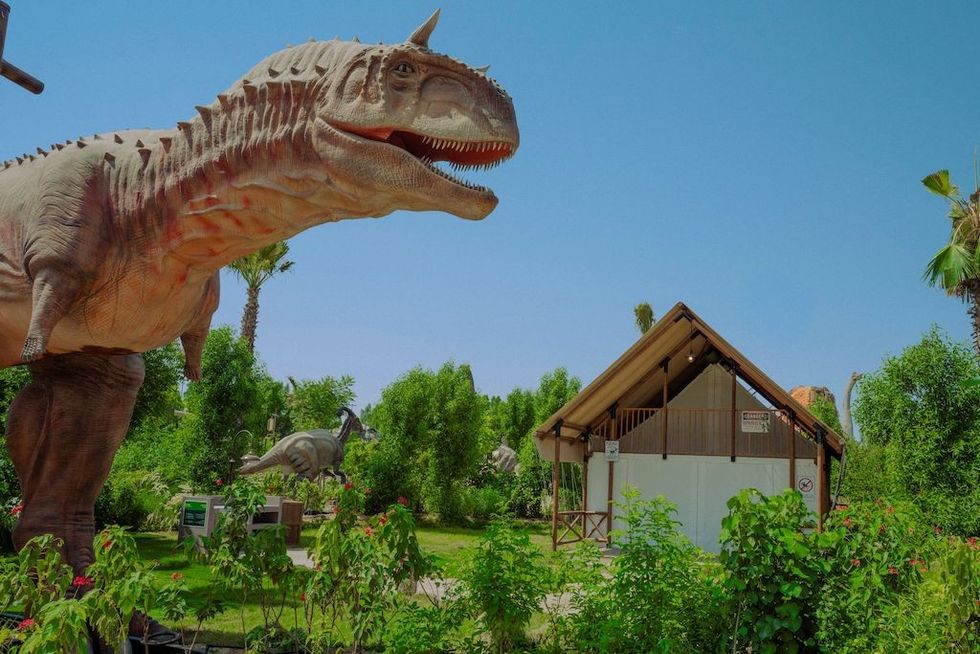

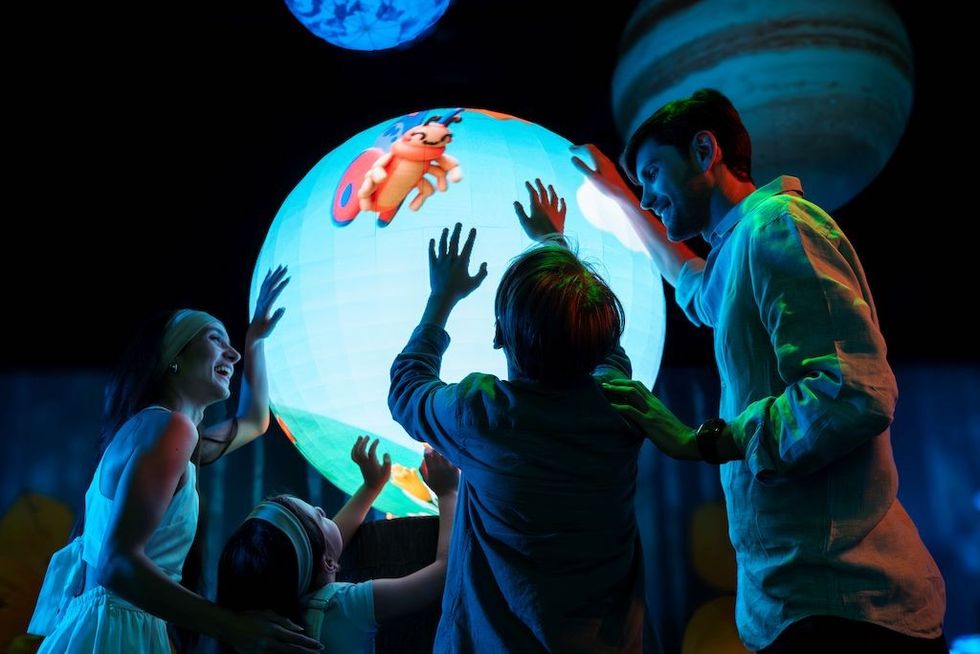



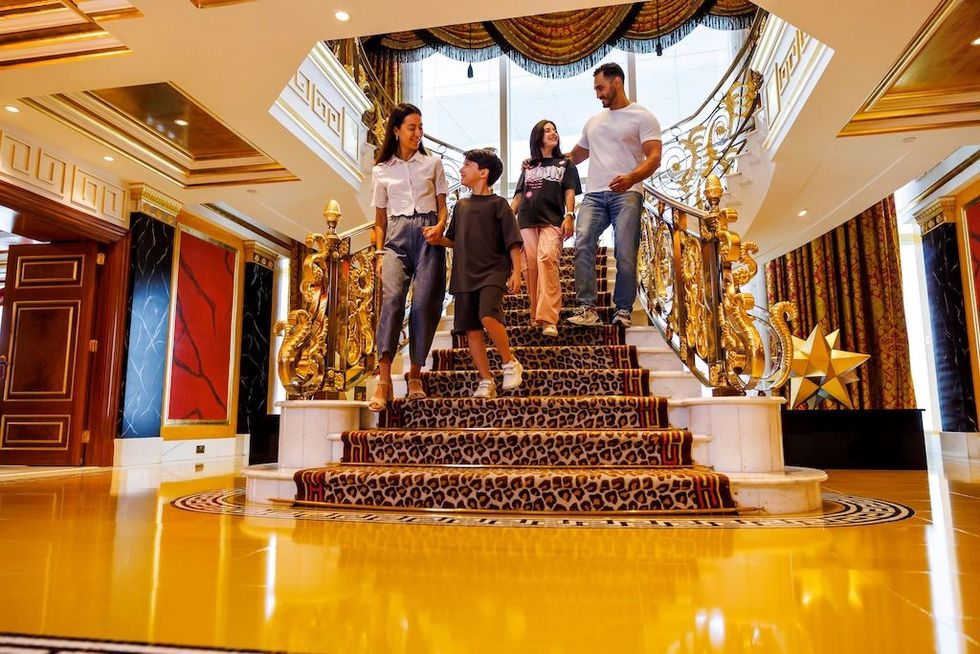

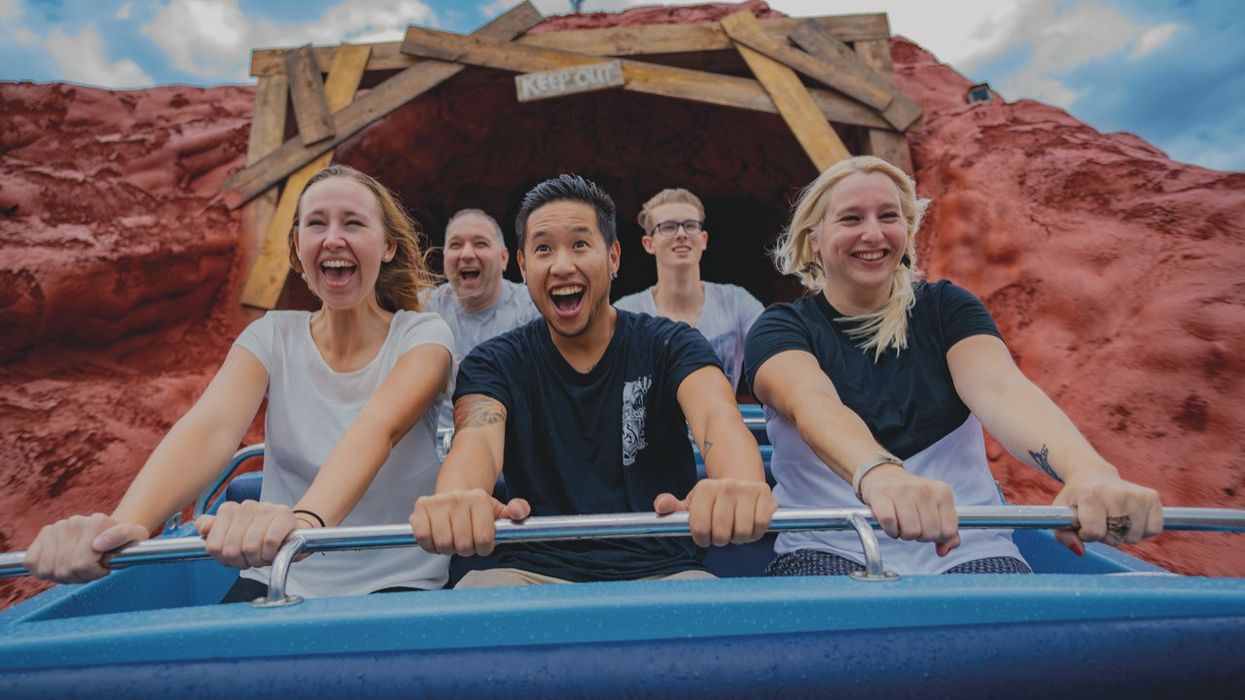

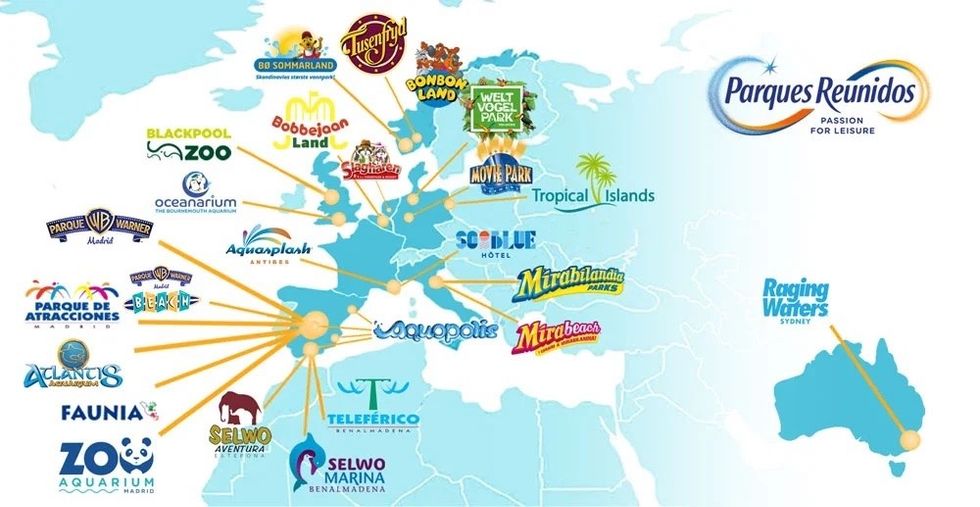
 Nickelodeon Land at Parque de Atracciones de Madrid
Nickelodeon Land at Parque de Atracciones de Madrid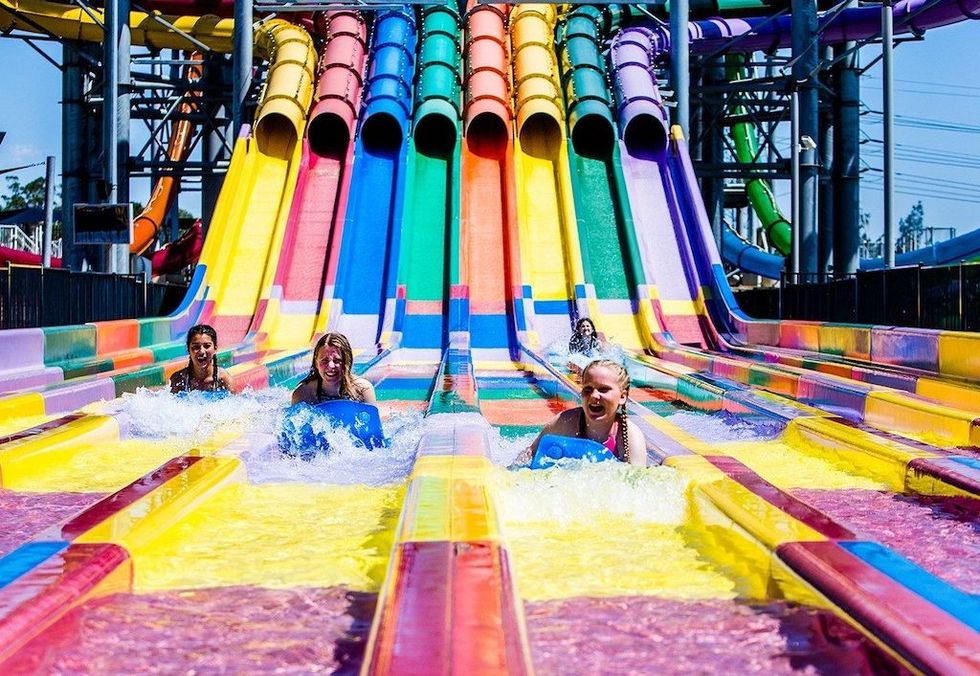 Raging Waters
Raging Waters  Mirabilandia's iSpeed coaster
Mirabilandia's iSpeed coaster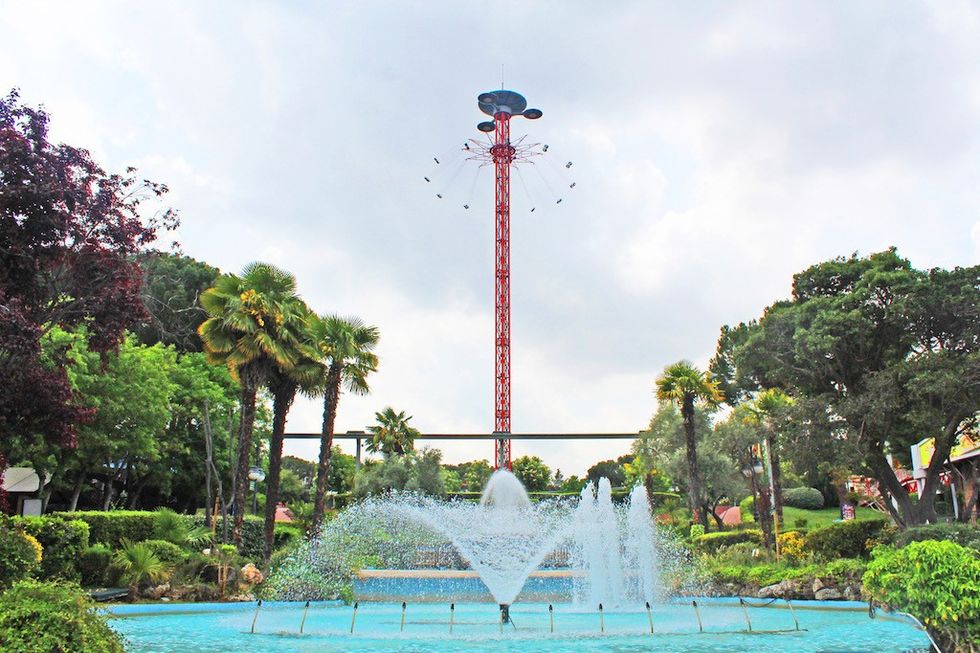 Parque de Atracciones de Madrid
Parque de Atracciones de Madrid Ferracci at the ribbon-cutting ceremony for Nickelodeon Land at Mirabilandia, with (left) Marie Marks, senior VP of global experiences for Paramount and (cutting the ribbon) Sabrina Mangina, GM at Mirabilandia
Ferracci at the ribbon-cutting ceremony for Nickelodeon Land at Mirabilandia, with (left) Marie Marks, senior VP of global experiences for Paramount and (cutting the ribbon) Sabrina Mangina, GM at Mirabilandia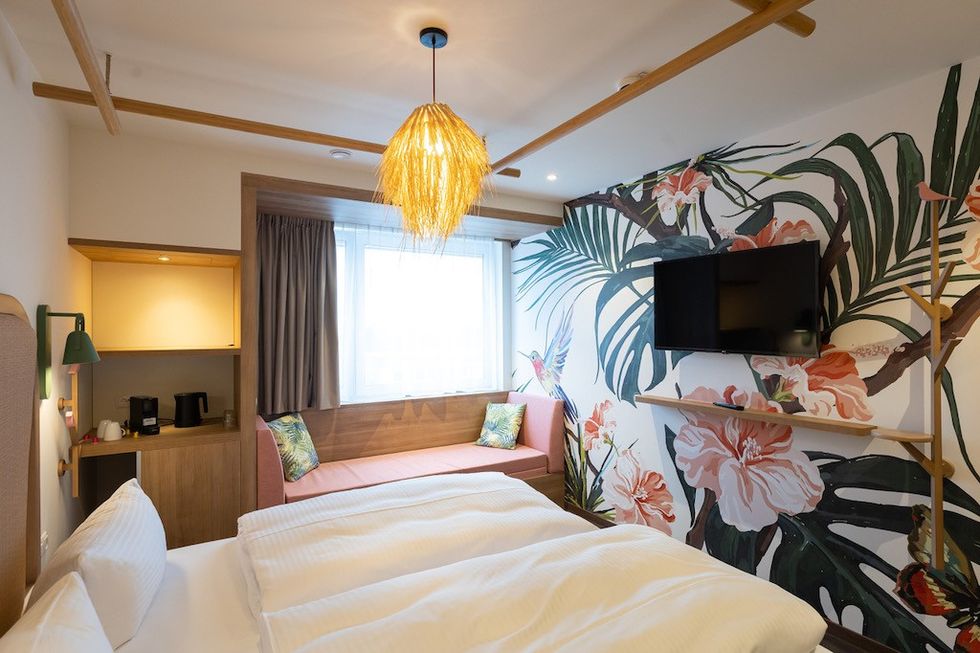 Tropical Islands OHANA hotel
Tropical Islands OHANA hotel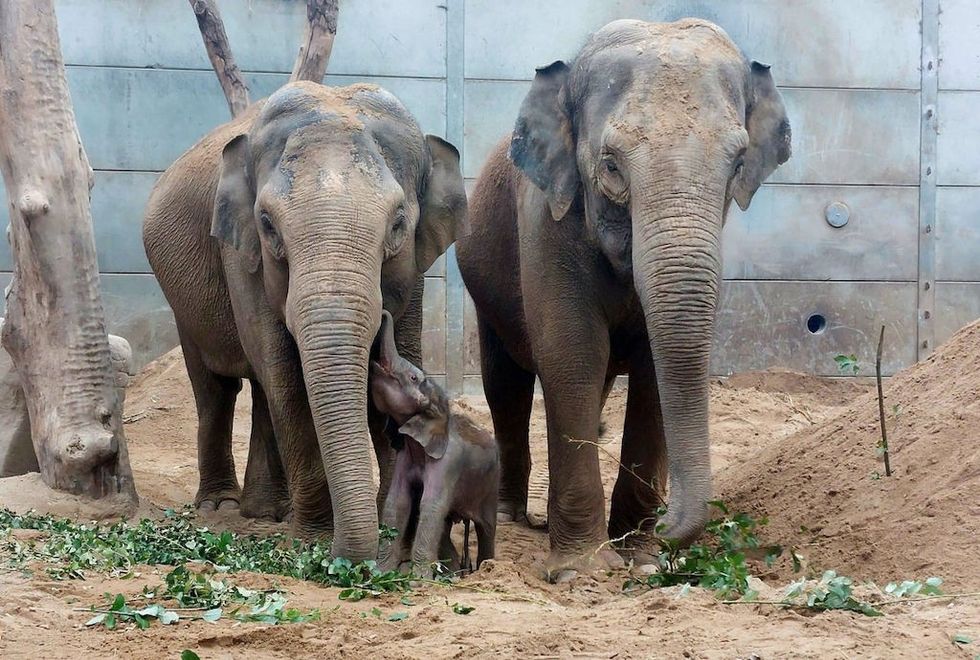 Elephants at Blackpool Zoo
Elephants at Blackpool Zoo 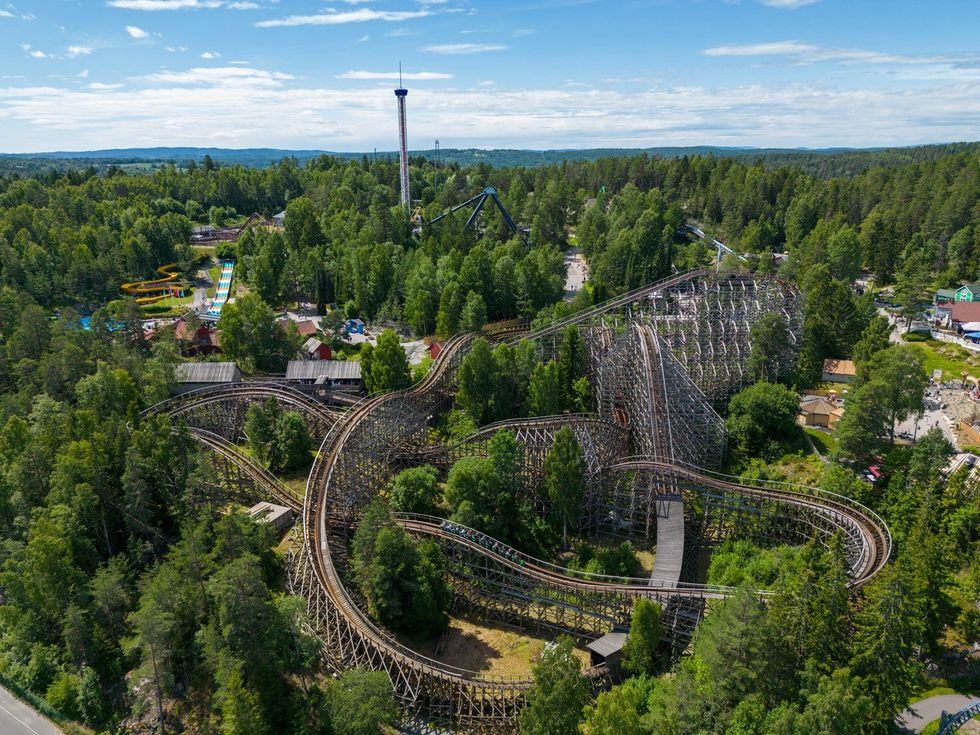 Tusenfryd
Tusenfryd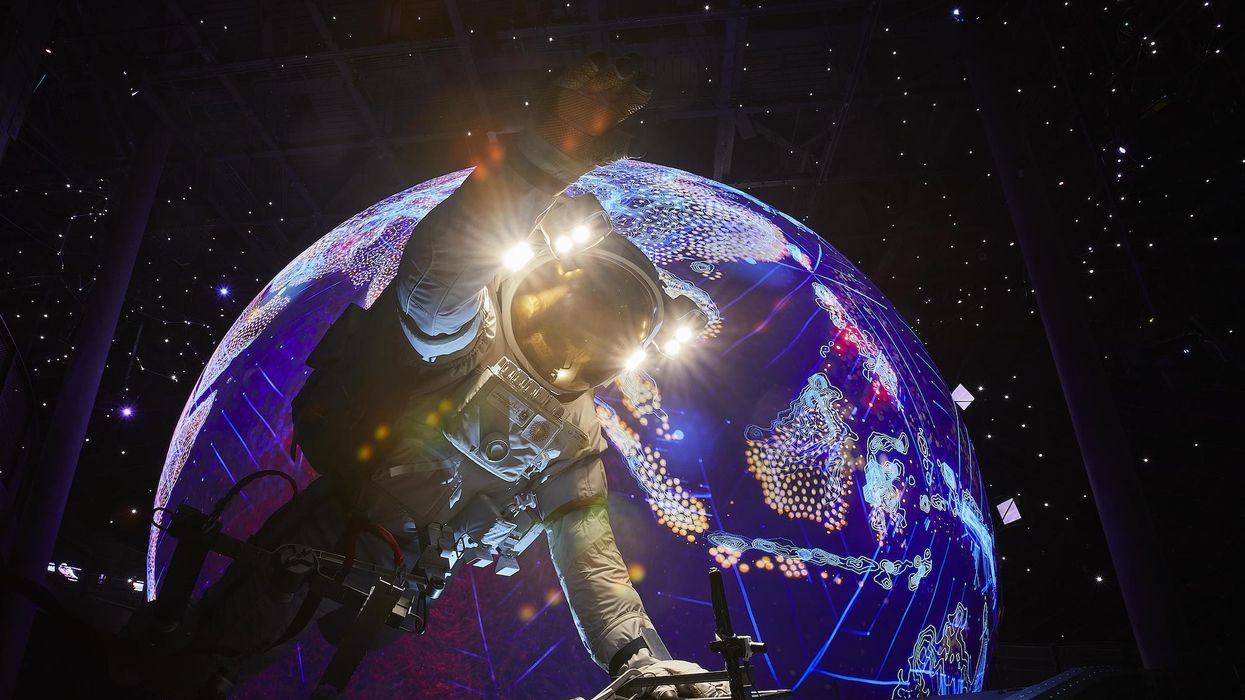
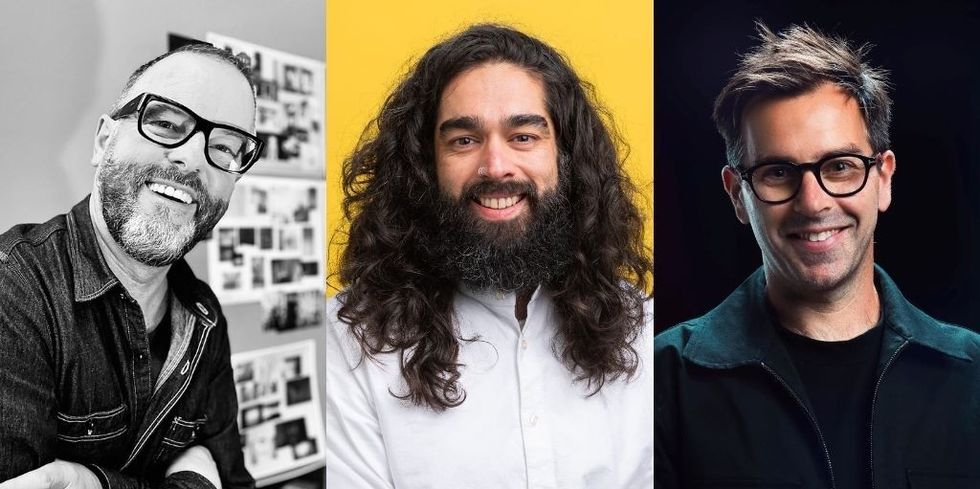 Andrew Thomas, Jason Aldous and Rik Athorne
Andrew Thomas, Jason Aldous and Rik Athorne
